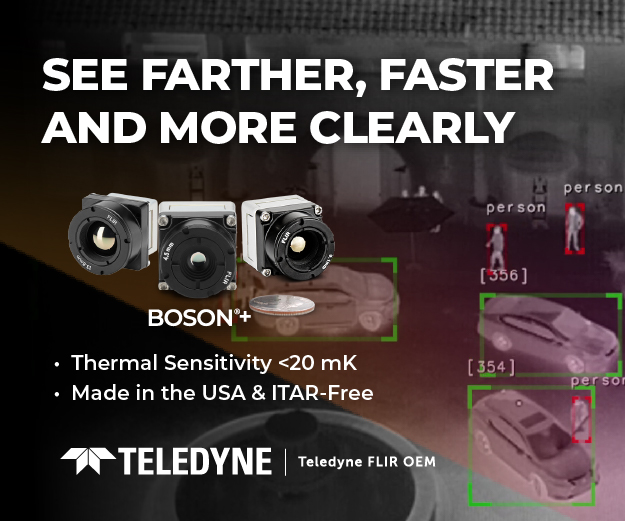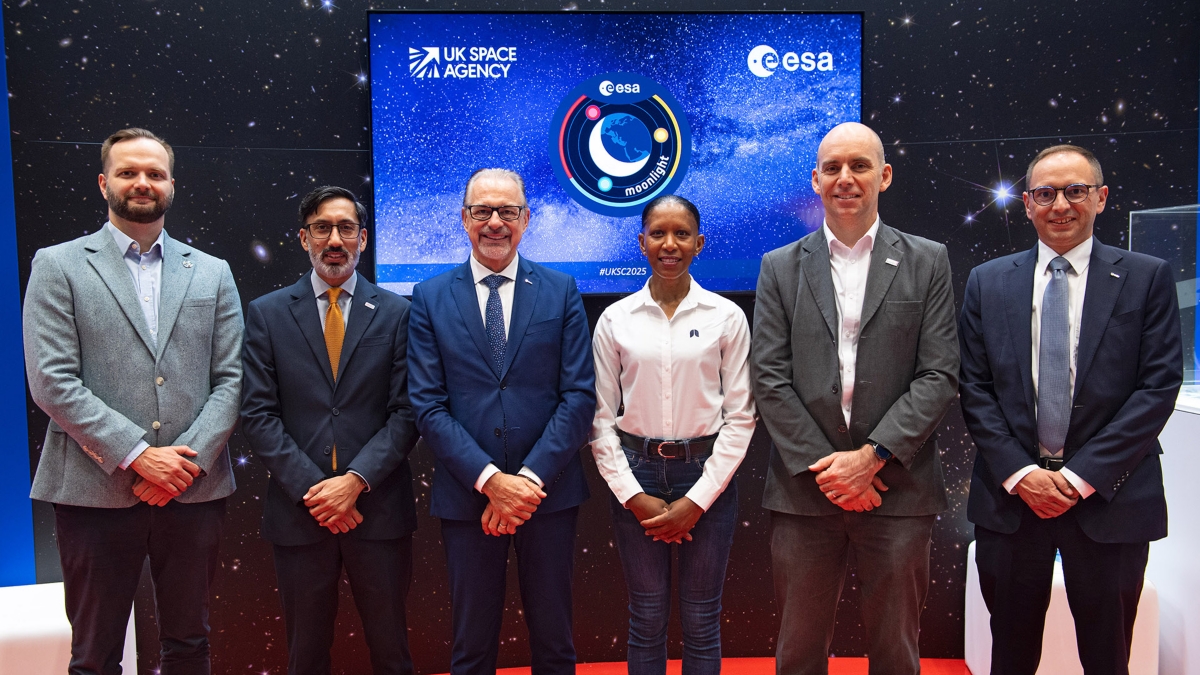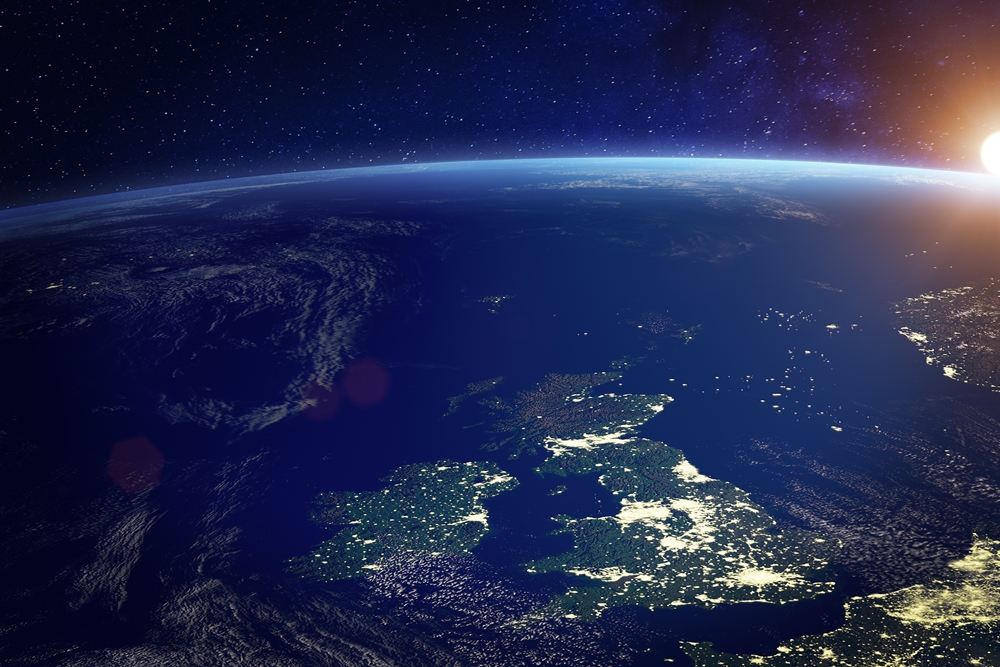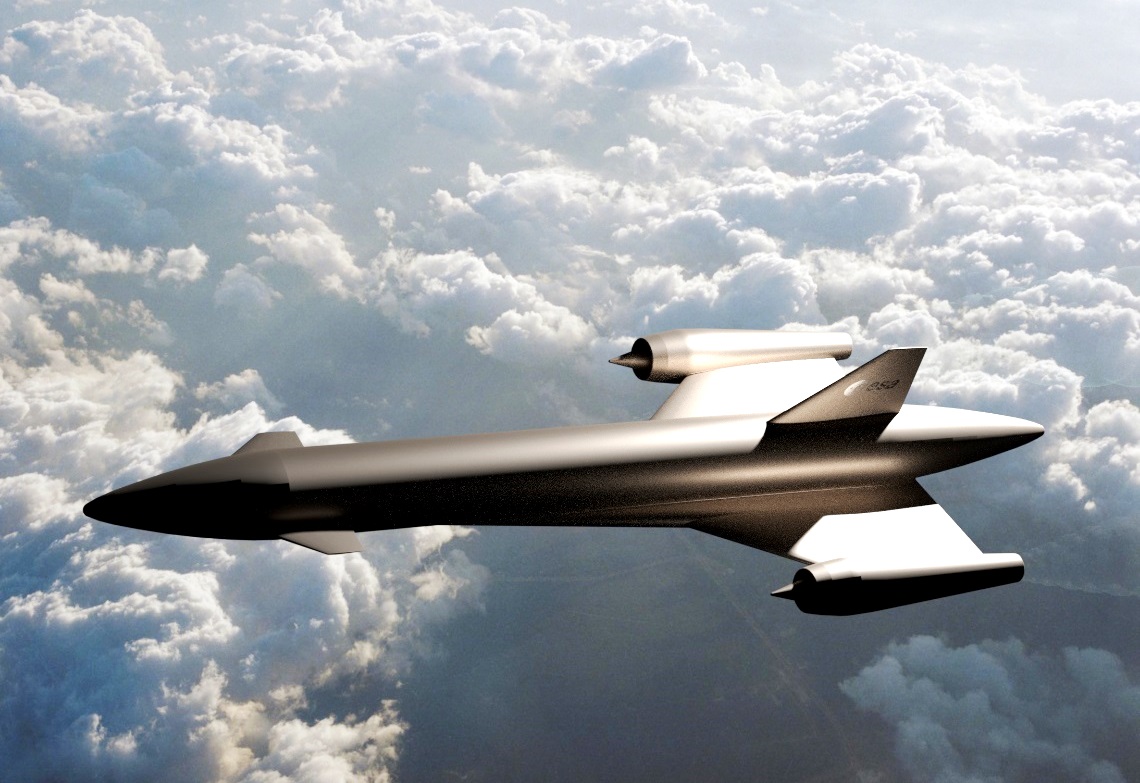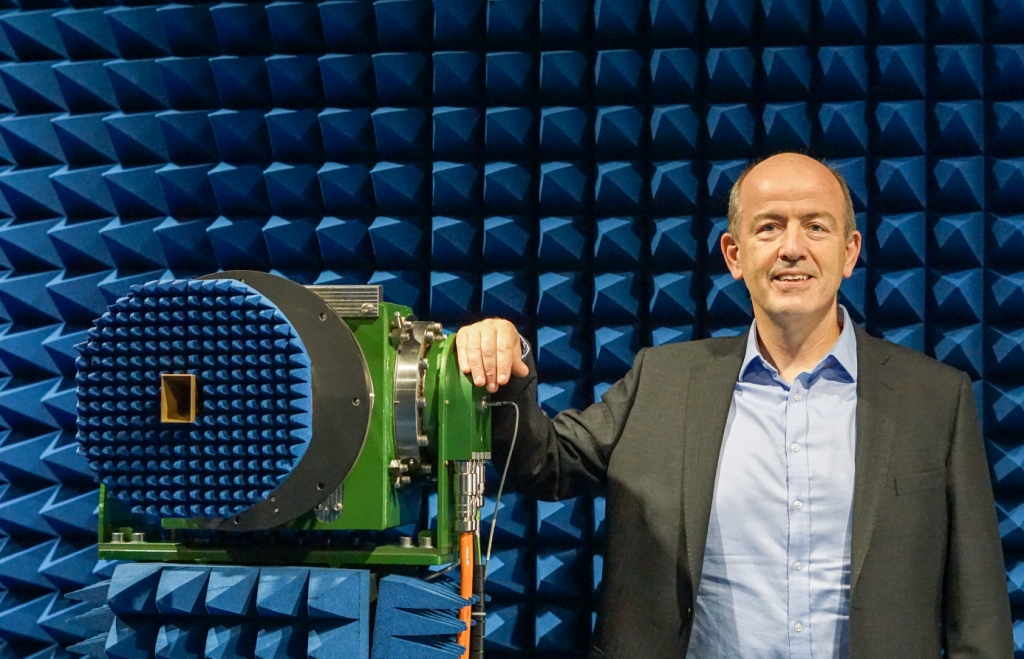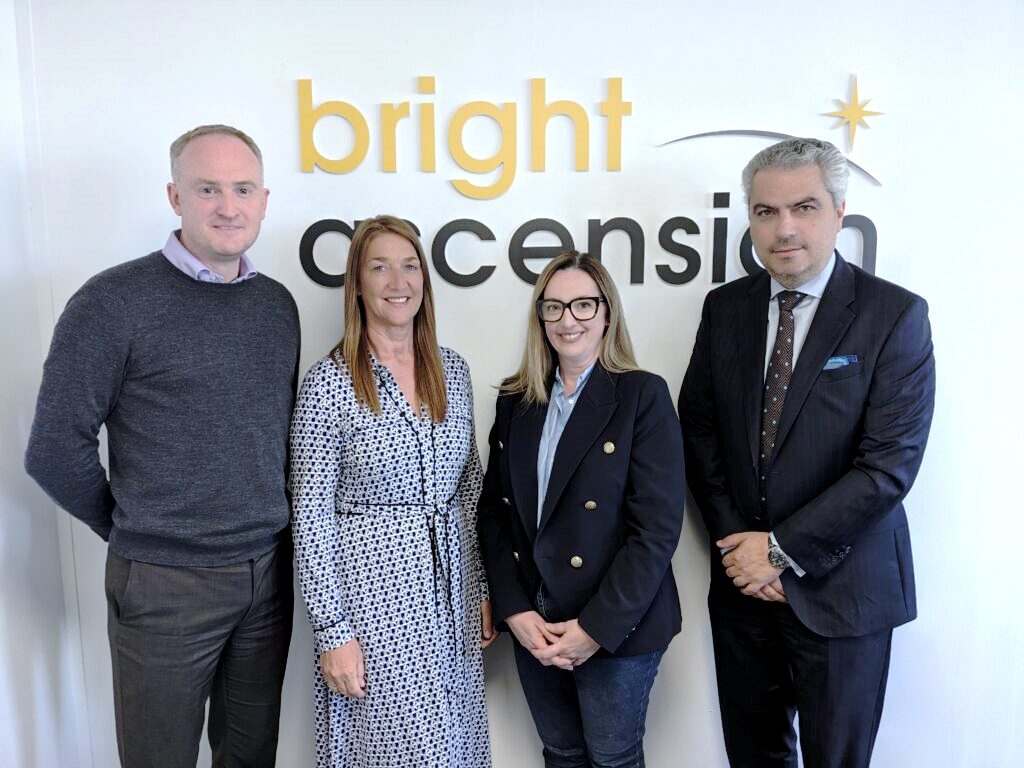Astrium E-Nose sniffs out dangers to health of ISS crew

This ‘E-Nose’, as it is called, will measure the crew’s exposure to bacteria and fungi in the Russian segment of the space station from 2013. E-Nose is a German Aerospace Center (DLR) project, with Astrium as prime contractor.
E-Nose will detect microbiological hazards from bacterial and fungal cultures using qualitative and quantitative methods. Monitoring is essential as excessive exposure to fungi and bacteria poses a not inconsiderable risk to both the on-board technology and the health of the crew. This specially developed analytical instrument allows cosmonauts to carry out measurements in every location of the ISS Service Module. Also in the luggage will be a ‘target book’ containing various material samples (aluminium, PCB material, cable marking material, and Nomex, a special flame-resistant clothing material which is used to make the suits worn by fire fighters and racing drivers). Biological cultures can colonise these materials. Their presence will be measured by the cosmonauts at two-month intervals. On completion of a measurement cycle lasting about six months, the target book will be sent back to Earth, where the samples will be evaluated by the Moscow-based Institute for Biological and Medical Problems (IBMP) in cooperation with EADS Innovation Works, the corporate research organisation of EADS.
The measurement system built by Astrium is called an electronic nose because it records specific odour patterns using 10 different semiconductor sensors. The system takes advantage of the distinctive properties of the gas molecules emitted by the biological cultures. These molecules are produced by the metabolisms of the biological cultures, and are species-specific. Scientists in the laboratory down on Earth can create specific odour patterns based on the different ways in which individual sensors are stimulated. The data measured on the space station will then be compared against the data from the cultures ‘trained’ on Earth in order to find correlations.
The conventional sampling method (swipe sample) with subsequent ‘processing’ in an incubator would require expert knowledge and be very time-consuming in the ISS, whereas the new E-Nose enables a prompt analysis of the situation thanks to its data connection to the ground station.
“In the long run, the eNose will make an important contribution to ensuring the safety of the crew on board the ISS. This applies both to the entire space station and also to possible long-term missions (e.g. to Mars),” says Astrium project manager Thomas Hummel. There are also potential applications for the E-Nose down on Earth (e.g. on commercial passenger aircraft or submarines).



